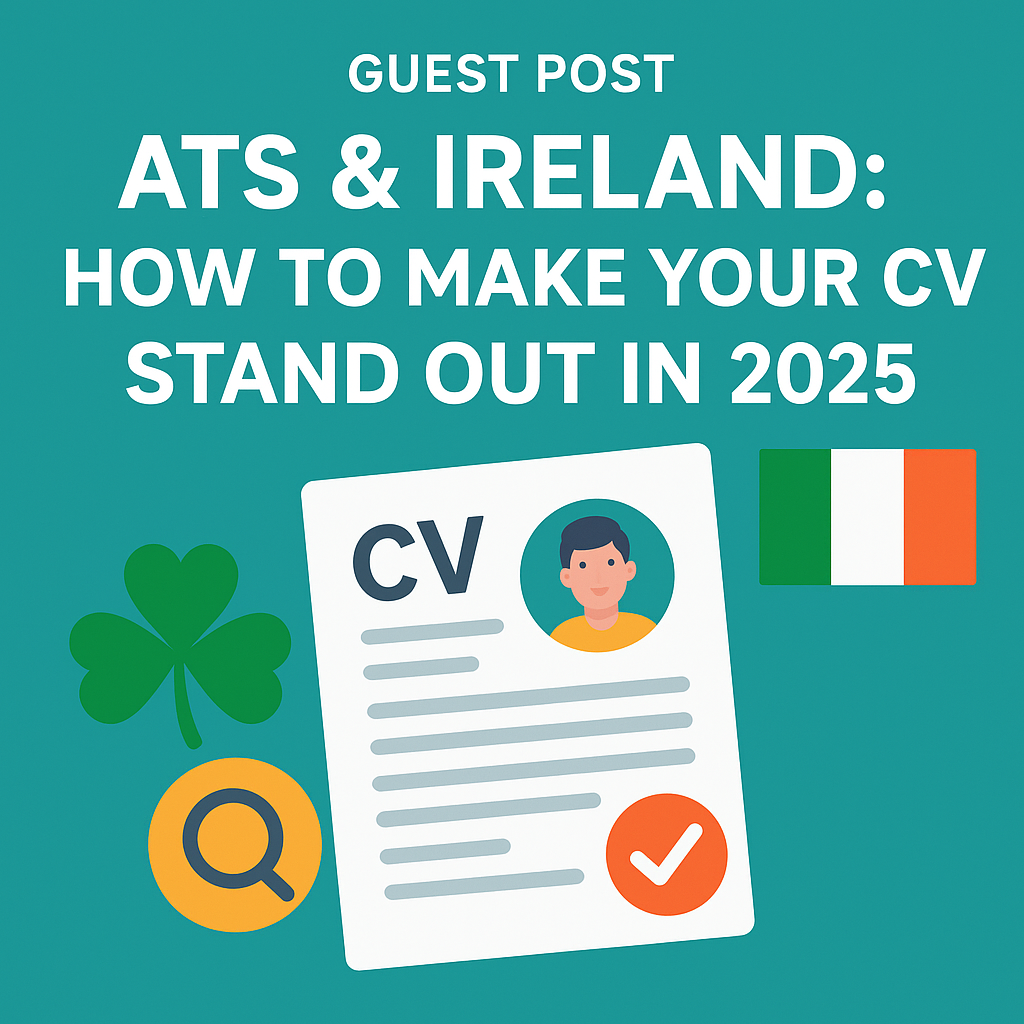
In today’s crowded job market, simply having strong experience and credentials isn’t enough — you also have to navigate the world of applicant-tracking systems (ATS). If you’re working with professionals such as CV Writers Ireland or doing it yourself, understanding how ATS works in the Irish context could make the difference between your CV being seen by a human recruiter or being discarded by software. Let’s explore how these systems operate in Ireland in 2025 and what you can do to confirm your application gets through
1. Why ATS Matters in Ireland
Many employers in Ireland now use ATS to manage high volumes of applications. According to one source, “Irish companies, particularly multinationals and larger organisations, rely on ATS software to manage high volumes of applications.” When your CV doesn’t meet key criteria—keywords, format, file type—it may never reach a human.
This means your CV must do more than tell your story—it must also be readable by machines
2. How ATS Works: Key Mechanics
Here’s a breakdown of what ATS systems typically evaluate:
- Keyword matching. The system looks for terms from the job description (skills, tools, job titles).
- Formatting and structure. Elements such as section headings (“Work Experience”, “Education”), file type (.docx or .doc preferred), and avoiding complex layouts matter.
- Relevance to role. The system evaluates whether your CV appears to match what the employer is seeking—experience, skills, qualifications.
If your CV doesn’t align with these fundamentals, it might be filtered out before a human ever sees it.
3. Optimising Your CV for ATS in 2025
To ensure your CV stands the best chance, apply these practical tactics:
- a) Use job-specific keywords.
Carefully review the job description and mirror relevant terms exactly. For example, if the role asks for “Project management in construction”, include that exact phrase. Variation or synonyms may not be matched. - b) Stick to standard formatting.
Use simple fonts (Arial, Calibri, Times New Roman), avoid headers, footers, images, tables, columns. Many ATS parse poorly when the structure is non-standard. - c) Choose the right file type and naming convention.
Unless specified otherwise, use .docx or .doc. Some systems struggle with PDFs. Also use a clear file name like “FirstName_LastName_Position_CV.docx - d) Use standard headings and order.
Ensure your sections are clearly labelled: Professional Summary, Skills, Work Experience, Education. Keep reverse chronological order for employment. - e) Tailor the CV for each application.
One generic CV will rarely hit every keyword in a job description. Adjust for each role so you maximise relevance. - f) Avoid gimmicks.
Skip photos, decorative graphics, unusual fonts, tables. These can confuse or derail parsing by ATS.
4. Balancing ATS Optimisation with Human Appeal
While getting past the machine is crucial, remember a human will (hopefully) read your CV next. So you must balance two goals: making sure the ATS can parse your document and making your experience compelling to a recruiter.
- Use quantified achievements (“Increased sales by 25% in 6 months”) rather than vague duties.
- Keep readability high: bullet points, clear structure, and avoid jargon unless it is relevant and recognised.
- Make sure your summary reflects your value and role match — humans judge quickly, often in seconds.
5. Extra Tips Specific to Ireland
- While Irish job markets follow global trends, being aware of local expectations helps. For instance:
- Personal details like age or marital status are generally not required and may be omitted.
- Format your CV to highlight achievements relevant to the role and Irish employer context rather than just listing all experience.
- If you’re dealing with roles in Irish multinationals or growing tech/finance hubs, you can safely assume ATS will be part of the screening process.
6. Common Mistakes That Lead to Rejection
Here are pitfalls to avoid:
- Over-designing your CV (columns, graphics, weird fonts) so the ATS mis-reads it.
- Using generic skills without adaptation to the job description. The ATS and recruiter both value specific match.
- Saving only as PDF when the job advert asks for .docx (or doesn’t specify) — sometimes the ATS can’t parse it.
- Leaving out an obvious keyword because you assumed “everyone knows it”. If the job description uses a specific term, replicate it.
- Relying on one CV for all applications — tailor every time.
Conclusion
By marrying an understanding of how applicant-tracking systems work with smart content and format choices, you can give your CV a much stronger chance of being seen by a human recruiter. In Ireland’s evolving job market, getting past the machine is step one — being compelling to the person on the other side is step two. With proper design, keyword strategy, and tailoring, your CV can do both. Good luck


